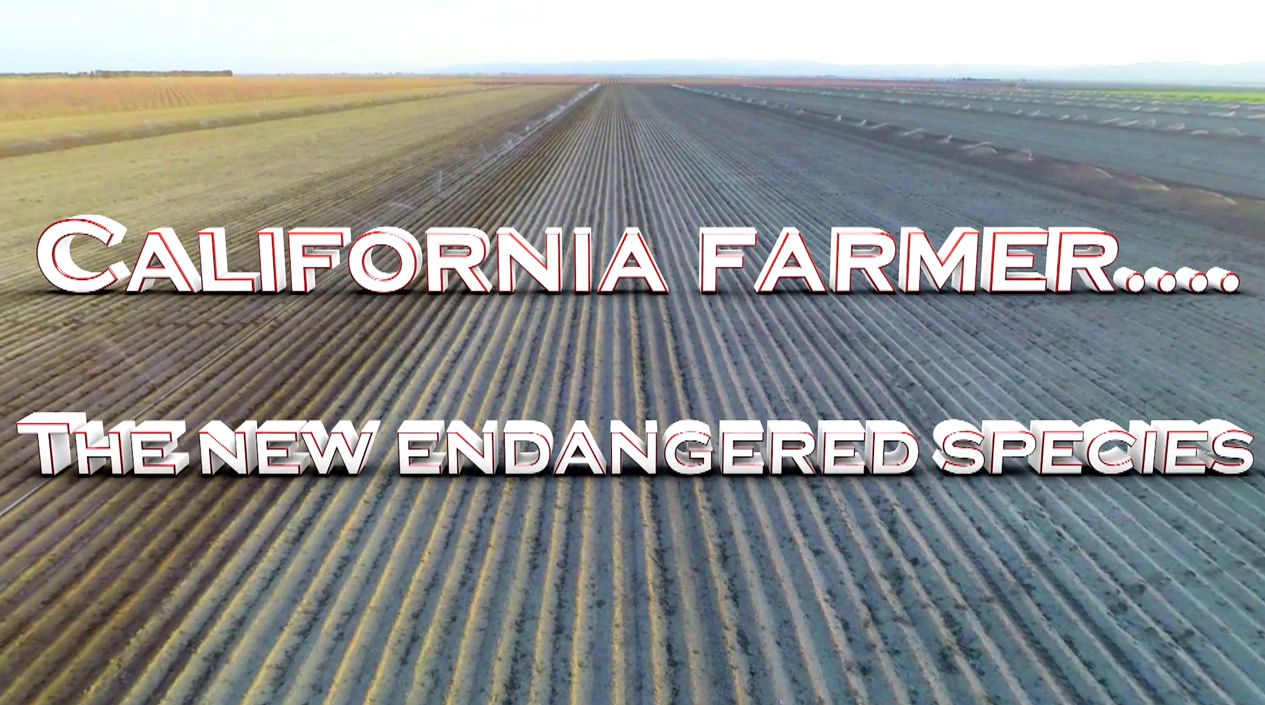New Farm Bill Resource Now Available to Help Farmers and Food Advocates Navigate USDA Programs
By: Monique Bienvenue; Cal Ag Today Social Media Manager/Reporter
The National Sustainable Agriculture Coalition (NSAC) published a comprehensive digital guide to the key federal farm and food programs that support sustainable farm and food systems. The Grassroots Guide to Federal Farm and Food Programs will help farmers and non-profit organizations navigate the numerous farm bill and other U.S. Department of Agriculture programs that have been championed by NSAC.
“The Grassroots Guide will be a valuable resource for farmers as they look for opportunities and financing to grow their farms and help build a more sustainable farming system,” says Juli Obudzinski, Senior Policy Specialist with the National Sustainable Agriculture Coalition. “The Guide is specifically targeted to the farming community and distills very technical federal policies and programs in a way that is accessible to farmers and consumers alike.”
The Grassroots Guide includes up-to-date information on conservation, credit, rural development, research, and food programs authorized in the farm bill and other pieces of federal legislation – including recent policy changes made in the 2014 Farm Bill.
This new resource details over 40 federal food and farm programs that provide funding to farmers and organizations for conservation assistance, farm real estate and operating loans, outreach to minority and veteran farmers, beginning farmer training programs, value-added enterprises, support for farmers markets and farm to school programs, and more. The Guide is organized into the following topic areas:
- Beginning and Socially Disadvantaged Farmers
- Conservation and Environment
- Credit and Crop Insurance
- Food Safety
- Local and Regional Food Systems
- Organic Production
- Renewable Energy
- Rural Development
- Sustainable and Organic Research
For each program included, the Guide provides plain-language explanations of how the program works, who can utilize the program, examples of the program in action, step-by-step application instructions, additional resources, and a brief overview of the program’s history – including legislative and administrative changes and historical funding levels.























